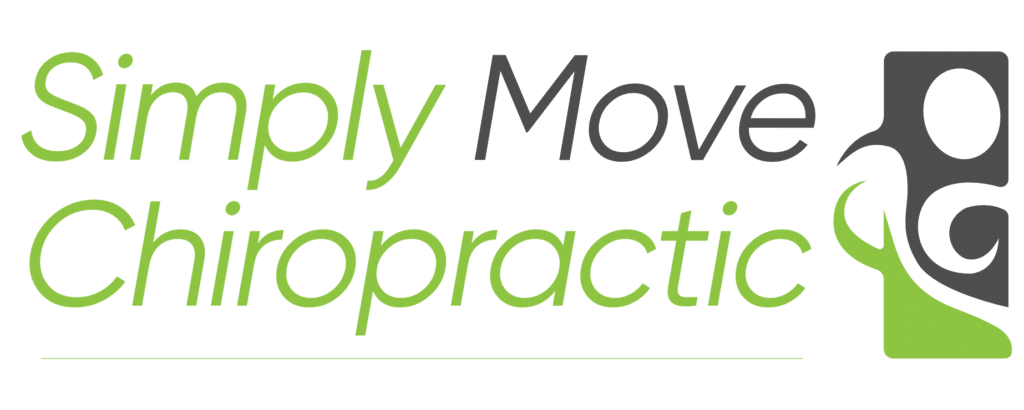Navigating Insurance and Scoliosis Treatment
Living with scoliosis can be challenging, especially for juveniles and adolescents whose spinal curvature is still progressing. For individuals in North Carolina seeking effective treatment options, orthoses such as scoliosis braces offer hope. However, gaining insurance coverage for these vital treatments is often an intricate journey. In this article, we will explore the complexities of scoliosis bracing insurance coverage in North Carolina, shedding light on the hurdles faced by patients and healthcare professionals alike.
Insurance companies often set stringent criteria for scoliosis brace coverage, leaving many patients without the financial support they need. Relying solely on insurance providers for payment frequently proves unhelpful, barring specific circumstances. The complexity of insurance policies and the limited scope of coverage can leave patients burdened with high out-of-pocket costs, hindering their ability to access necessary treatments.
Both Blue Cross and Aetna, prominent insurance providers in North Carolina, have specific criteria for scoliosis brace coverage. For example:
Blue Cross Blue Shield Criteria
Anything falling outside these very specific criteria is considered investigational, making approval challenging for many patients, especially adults. Read Blue Cross’ Coverage
“A rigid cervical-thoracic-lumbar-sacral or thoracic-lumbar-sacral orthosis is deemed medically necessary for juvenile and adolescent patients with a spinal curve angle between 25° and 40° and spinal growth not completed. Alternatively, patients with an idiopathic spinal curve angle greater than 20°, coupled with documented progression and at least 2 years of growth remaining, may also qualify.”
– Blue Cross Blue Shield
Aetna Criteria
Aetna is very limited in covering anything outside of the braces listed. It considers even the most basic treatments for scoliosis, including chiropractic adjustments and soft tissue work “experimental”, and will not cover them for most patients. Read Aetna’s Coverage
“Boston, Charleston, Milwaukee, Providence, Rigo-Cheneau, and standard thoracolumbosacral orthosis, are considered medically necessary durable medical equipment for scoliosis treatment. However, specific devices like the Copes Scoliosis Brace, ScoliBrace, and Scoliosis Flexibility Trainer are labeled as experimental and investigational.”
– Aetna
Limitations of Insurance for Scoliosis Care
The stringent criteria set by insurance providers present significant barriers to patients and healthcare providers. Many adolescents and most adults with scoliosis may not meet the specific X-Ray angle requirements outlined in the policies, leaving them without insurance coverage for the braces they desperately need. This lack of coverage can lead to delayed or inadequate treatment, potentially exacerbating the condition and causing additional health issues down the line.
Furthermore, the exclusion of innovative and potentially effective treatments such as the chiropractic adjustments and myofascial release techniques adds another layer of difficulty for patients seeking holistic scoliosis care. The denial of coverage for these methods limits the comprehensive approach needed for successful scoliosis management.
Conclusion
While insurance coverage is crucial, relying solely on insurance companies for payment proves challenging for many patients. My experience has shown that insurance often falls short of meeting the diverse needs of scoliosis patients. I do offer treatment packages at discounted rates to help patients offset some of the costs that come along with treatment for scoliosis.

